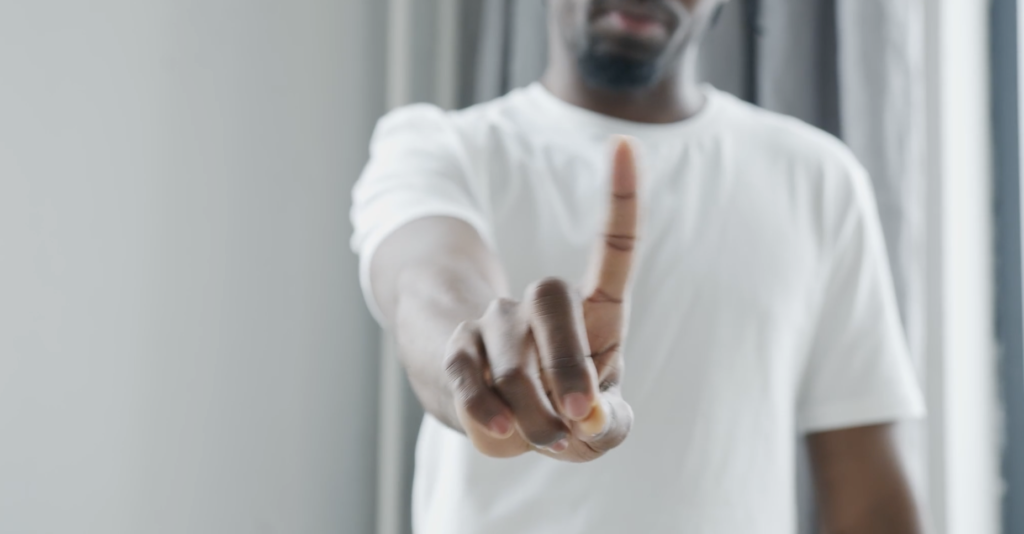If you’re a content creator on YouTube, chances are you’ve had to deal with copyright issues at some point. Copyright strikes and claims can be frustrating and can have serious consequences for your channel, including the loss of monetization and even the removal of your videos. In this article, we’ll take a look at what copyright strikes and claims are, how to avoid them, and what to do if you receive one.
What are Copyright Strikes and Claims on YouTube?
Copyright strikes and claims are actions taken by YouTube when a user’s content is found to be in violation of copyright laws. If you receive a copyright strike, it means that the copyright owner has filed a formal complaint against your video. Three strikes within a 90-day period can result in your account being terminated.
On the other hand, a copyright claim means that the copyright owner has identified your video as using their copyrighted material, but they have not filed a formal complaint. Instead, they may choose to monetize your video or block it in certain countries.
How to Avoid Copyright Strikes and Claims on YouTube
The best way to avoid copyright strikes and claims is to use only original content or content that you have permission to use. This includes music, video, images, and other media. If you do use someone else’s content, make sure you have the necessary permissions or licenses to do so.
Here are some tips for avoiding copyright issues on YouTube:
- Use royalty-free music: Luckily for you, Loudly offers thousands of royalty-free music that you can use in your videos. To make things even more interesting, you can even customize those tracks to make them fit to your video even better!
- Use Creative Commons licensed content: Creative Commons is a nonprofit organization that provides free licenses for content creators to use and share creative works. You can find a wide range of images, videos, and music that are licensed under Creative Commons. Just make sure to credit the original creator.
- Obtain permission to use copyrighted material: If you want to use someone else’s content in your video, you’ll need to get their permission. This can be as simple as asking them for permission or purchasing a license to use their content.
- Disclose sponsored content: If you’re using sponsored content in your videos, make sure to disclose it to your viewers. This helps to avoid any potential copyright issues and also helps to maintain transparency with your audience.
What to do if You Receive a Copyright Strike or Claim
If you receive a copyright strike or claim, it’s important to take action as soon as possible. Here are some steps you can take:
- Respond to the strike or claim: YouTube provides a process for disputing copyright strikes and claims. If you believe that the strike or claim is incorrect, you can submit a counter notification explaining your side of the story.
- Remove the infringing content: If the strike or claim is valid, you’ll need to remove the infringing content from your video. This may mean deleting the video altogether or editing out the infringing material.
- Learn from the experience: If you receive a copyright strike or claim, take the time to understand what happened and how you can avoid similar issues in the future. This could mean being more careful about the content you use or being more diligent about obtaining the necessary permissions.
By following these tips, you can avoid copyright strikes and claims on YouTube and protect your channel from potential consequences. Remember to always use original content or content that you have permission to use, and be proactive in addressing any copyright issues that may arise.

